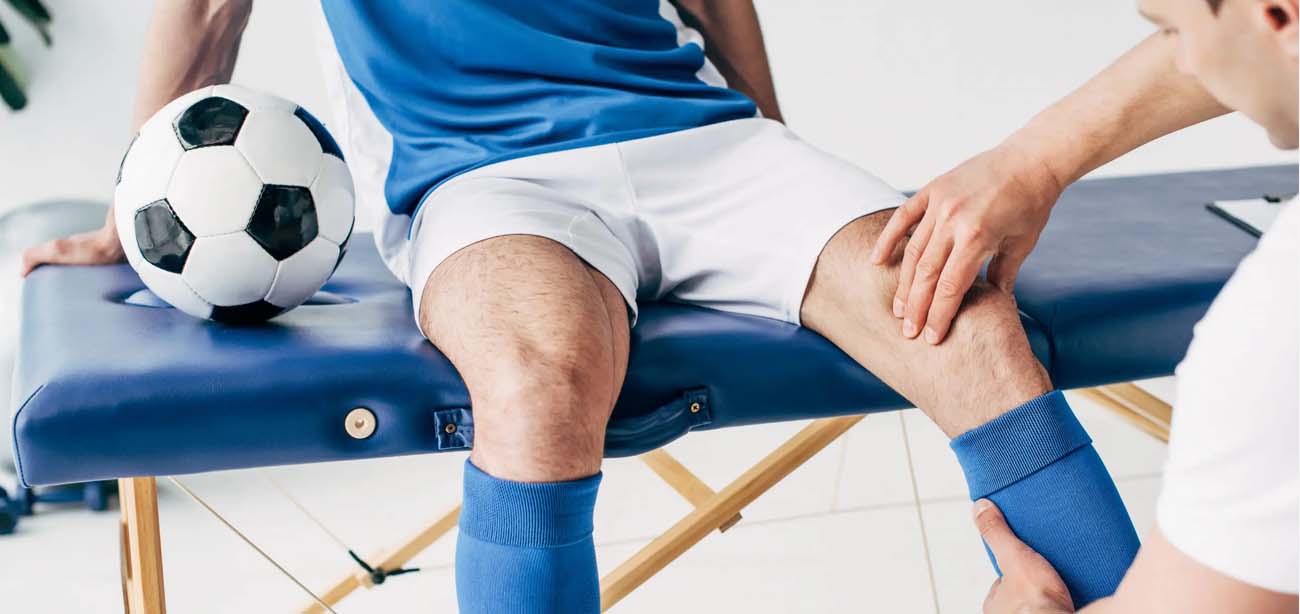Choosing the Right Stretcher for Emergency Medical Response
Ambulance stretchers are crucial in emergency response and essential for transporting patients and vital equipment.
While no single brand outshines others universally, selecting the right stretcher involves key features that enhance efficiency.
The design can significantly impact response times, ensuring that paramedics deliver timely, life-saving care. Each second matters, making the stretcher’s design a critical factor in patient outcomes.
EMSRUN Medical can offer you this vital solution through which hospital staff can carry a patient who is struggling between his life and death. You can select the stretcher of your requirement from their website.
Basic Ambulance Stretcher types
1) Auto Loader
It is also known as an autoloader stretcher, is a standard piece of equipment in ambulances, available in different sizes to fit various vehicle models.
It features a lower and upper frame along with a lockable gas spring, allowing paramedics and drivers to effortlessly load and unload the stretcher with the patient from the ambulance.
2) Scoop Stretcher
A scoop stretcher is designed for transporting injured individuals, especially those with potential spinal injuries. It features a structure that splits vertically into two sections with contoured ‘blades’ along the center.
These halves are positioned on either side of the patient and then brought together, where securing clips at the top and bottom lock them in place.
3) Foldable stretcher
This stretcher is commonly used due to its compact size, making it easy to store and transport. It requires two people at each rear end to carry the injured.
Available in single-fold and double-fold versions, it accommodates different storage needs and space constraints in ambulances or other locations.
4) Wheelchair cum Ambulance stretcher
This is an auto-loader ambulance stretcher that can convert into a wheelchair, maintaining the same ease of unloading and loading into the ambulance.
It combines the functionality of both a stretcher and a wheelchair, ensuring smooth transitions and consistent usability.
5) Spinal board
A spinal board is a crucial patient-handling device used in pre-hospital trauma care to offer rigid support for individuals with suspected spinal or limb injuries.
Commonly utilized by ambulance personnel, lifeguards, and ski patrollers, it ensures safe movement of the patient.
Historically, backboards were also employed to “improve posture” in young people, particularly girls.
6) Pediatric and Baby Boards
When pediatric or infant patients need to be secured to a stretcher, their small size can pose risks if the stretcher is too large.
To address this, there are specialized restraint systems and boards designed specifically for smaller patients.
These devices ensure that young patients are securely strapped in and their heads are stabilized during transport.
Final word
In hospitals, where patients may often come in critical condition, an EMS stretcher becomes vital equipment for saving lives. This equipment can help carry them safely from the ambulance.
Therefore, it is very important to select this emergency equipment with due consideration and ensure that it is properly designed, safe, durable and can function well during an emergency situation.
Stretchers play a crucial function in the medical industry, which has the power to save and take lives.






